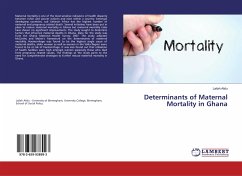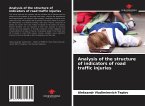Maternal and child health issues remain central to national and global health policies. Among the eight Millennium Development Goals (MDGs) that were adopted by the 189 members of the United Nations (UN) in 2000, at least four are directly related to maternal and child health care. Consequently, this dissertation seeks to provide some insight by investigating three main areas of maternal and child health concerns. Firstly, we examine the factors driving the high under-five mortality rate with emphasis on supply side variables with public goods characteristics such as road infrastructure and nurse-per-population. It is envisaged that access to and utilization of allopathic care will reduce under-five mortality. Secondly, the study investigates the socio-economic and supply side factors influencing the demand for particular health providers¿ services. Thus conditional on childhood sickness, we investigate the type of health facility that parents or caregivers demand for children aged under-five years and the extent to which consumers are satisfied with health providers. In recent times, health insurance is considered an effective mechanism for inducing the demand for appropriate health care. If women in the reproductive age own health insurance, their own health and that of their children will improve and inherently, a reduction in under-five mortality. Thirdly, the study also explores the factors influencing a woman¿s decision to participate in health insurance and also investigates the socio-economic determinants of household¿s collective insurance decision.
Hinweis: Dieser Artikel kann nur an eine deutsche Lieferadresse ausgeliefert werden.
Hinweis: Dieser Artikel kann nur an eine deutsche Lieferadresse ausgeliefert werden.








